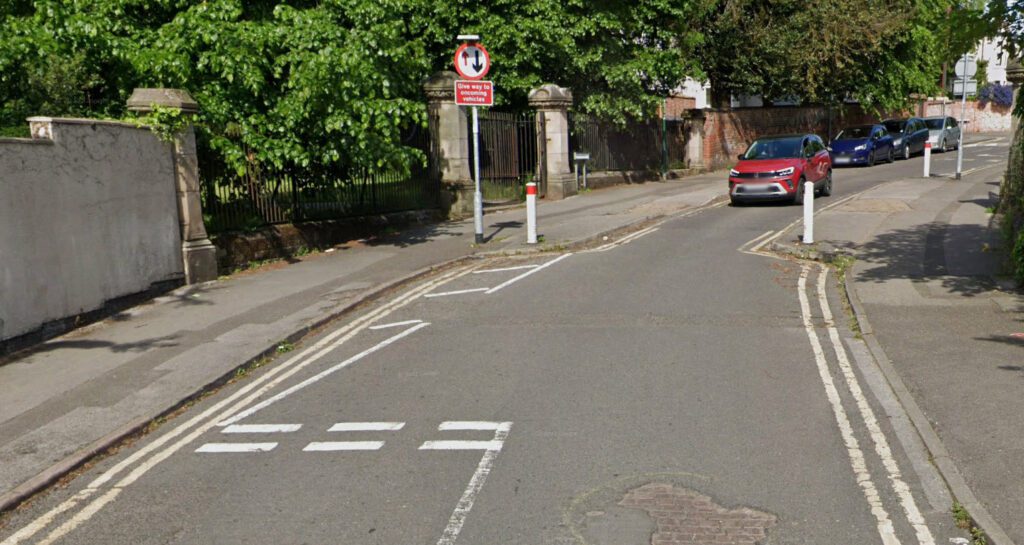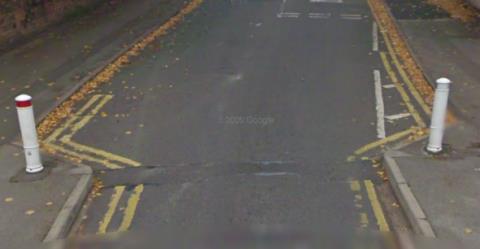Some readers will have come here as a result of reading the monthly article about the blog in ADI News (which I must say is a ripping good read all round).
I mention this, because in this month’s edition of the magazine I noticed a news snippet about a new online ADI directory. The creators (referred to as ‘entrepreneurs’) apparently got the idea for the service whilst trying to arrange their own driving lessons. Now, I have nothing at all against these directories – of which there are many – but it is important to remember one thing: they exist to make money for the owners . Of course, they’re not sold on that basis – rather, they claim to provide any number of much needed services to the ADIs they are trying to snag.
Most directories make their money from advertising, listing fees, or some sort of commission. The one referred to here charges £1 for each pupil it generates – though it isn’t made clear whether this is £1 per lead, £1 per pupil who actually books a lesson, £1 per pupil who takes at least ‘x’ hours of lessons, and so on. That latter approach would be the one most beneficial to the ADI who is a member, but the least beneficial to the directory owners, so you can hazard a guess at what arragement it might actually be.
However, all this is part of a smokescreen. This new directory is selling itself cynically on the back of the slogan “cheap driving lessons” (I won’t use the correct terms, otherwise I’ll be giving them free publicity). As a cover story, it claims to provide price comparisons for prospective pupils, whilst offering online diary management facilities.
I’ve written before about the things an ADI needs to be successful (assuming he or she is already a decent trainer, of course). Basically, it’s a car, a diary, and pupils. Any would-be directory owner (especially one who is/was an ADI) knows this – and they should also know that for an ADI’s business to be profitable he will need to keep unnecessary overheads down.
It’s worth pointing out that the best sort of diary is one you can put your hands on and use with minimal fuss. It is perhaps ideally described by the acronym KISS – keep it simple, stupid. To that end, the ideal diary mustn’t crash or refuse to connect. It won’t ever be out of range of a phone signal, and it must always be on. You won’t have to squint at it to read it, or mess around scrolling it up, down, left, and right. You won’t need to worry about how to charge it when you are in the car and it dies on you. You must be able to run queries in seconds, and add or remove data just as quickly. Such a diary costs about £10 from any stationers, is made out of paper, and lasts a whole year. A pen with which to mark it, will cost less than £1, and lasts at least as long.
So why on earth would you want to move your diary to a remote server so that you can only access it via a computer or smartphone? Actually, there are people who are prepared to do that – and it’s usually the brand new, freshly-qualified ADI who doesn’t know what he is doing.
Computerising your diary adds absolutely no value – and that’s if it is working all of the time. In reality, it won’t be working all the time, so it will actually have a negative contribution to your business. The whole idea reminds me of that Tom & Jerry cartoon, where Tom builds The Better Mousetrap…
The point is that the mousetrap is so horrendously complex – even allowing for the cartoonists’ artistic licence – that it couldn’t possibly work reliably or reproducibly. It’s the same with a diary: a paper one is so simple that it is impossible to improve on it without damaging its functionality.
But all this glosses over the main issue concerning this directory service: promoting cheap lessons, whilst purporting to be providing work for directory-listed members. The site in question somehow believes that promoting cheap lessons and price comparisons is
- not going to prevent the higher priced ADIs on the list getting any work from their listing
- not encouraging those ADIs to slash their prices if they want any work from their listing
It’s Catch-22. The whole concept is fundamentally flawed. On the one hand they want ADIs to join, but on the other hand they want potential pupils to search for the cheapest deal. Confronted with two listed ADIs in their locale, one charging £23 an hour and the other charging £19, which one is the prospective customer going to choose? Any ADI who isn’t cheap would be cutting their own throat to advertise through that site!
There’s a UK TV show called Dragons Den, where various “ordinary” people pitch for investment in their ideas and inventions. You frequently see people seeking investment for things which are clearly totally unmarketable (or which simply don’t have a market), and who have already invested tens or even hundreds of thousands of their own money. They get so wrapped up in the fact that they thought of something and were able to build it that they don’t consider that no one else will ever want it!
It’s a similar thing with these directories. To start with, and as I’ve already said, there are loads of them around so any newcomers need a different angle to set them apart. And then there is this specific case, where the ‘entrepreneurs’ either
- aren’t sure who they are targeting, so have contradictory sales pitches
- are dead sure who they are targeting, but are trying to disguise the fact
You see, the biggest threat to this industry is cheap lessons.
Any learners reading this may not understand, but in a nutshell the £20-£25 per hour you pay to a decent ADI does not all end up in their bank account. A typical instructor will only hold on to about 50-70% of that (which is then subject to tax) once they pay for their car and fuel. That means someone offering idiotic lesson prices under £20 – often with special offers for good measure – is sometimes going to be earning as little as £5-£10 an hour before tax… unless they cut back somewhere. Easy places to cut back include:
- fuel – try not to do too much driving
- pupil retention – keep people for as long as possible to avoid having to advertise
You can see how it might pan out for the typical learner driver who falls into the clutches of such an instructor. Spend the first lesson talking, then do very little driving for at least the next half dozen. Hang around on test routes a lot, and spend entire lessons just covering a single manoeuvre. If you’re being taught in a diesel car, never use the gas to move off (so you’ll end up stalling every time you try and move once you get that petrol Corsa or 106.
Not all of the cheaper ADIs are like that, but I can assure you there are a lot out there who are. And this new directory site is encouraging them.




 Google is quite intelligent – which is fortunate, because it helps certain people find the blog via search terms like “[www].dairyofanadi.co.uk”.
Google is quite intelligent – which is fortunate, because it helps certain people find the blog via search terms like “[www].dairyofanadi.co.uk”.
 If you are looking for a franchise then you are undoubtedly unable to generate your own work (or enough of it). You’ve most probably discovered how expensive it is to advertise – and also how unsuccessful such advertising can often be. If you’ve been independent, you’re probably clawing in desperation at options which might save you – and yet you’re still ‘indie’ enough to refuse point blank to choose the ones more likely to save you simply because they go more against your ‘indie’ principles than the others do.
If you are looking for a franchise then you are undoubtedly unable to generate your own work (or enough of it). You’ve most probably discovered how expensive it is to advertise – and also how unsuccessful such advertising can often be. If you’ve been independent, you’re probably clawing in desperation at options which might save you – and yet you’re still ‘indie’ enough to refuse point blank to choose the ones more likely to save you simply because they go more against your ‘indie’ principles than the others do.
 I was on a lesson with a pupil this afternoon, and we were in a car park practising bay parking. I was prompting her through it, and when we came to straighten up inside the bay I leaned forward to look at the line in the wing mirror to check that we were parallel.
I was on a lesson with a pupil this afternoon, and we were in a car park practising bay parking. I was prompting her through it, and when we came to straighten up inside the bay I leaned forward to look at the line in the wing mirror to check that we were parallel.